new jersey tea plant care
The foliage of broad-ovate rich. The flowers are a nectar source for hummingbirds butterflies and native bees.

Wildflower Of The Year 2019 New Jersey Tea Ceanothus Americanus Virginia Native Plant Society
The boiling water treatment Germination Code.

. Best in sandy loams or rocky soils with good drainage. 24-36 tall x 36 wide. Marie Rose New Jersey Tea is a hardy Ceanothus with real pink flowers.
New Jersey Tea is excellent as a shrub border and a is a fabulous addition for native plant gardens. Although not attractive to natural enemies in the third year of growth this plant flowered profusely in its fourth year of growth and may be more attractive to beneficial insects as it matures. Tolerant of poor soils.
Thats because New Jersey tea shrubs are low maintenance plants that tolerate drought and thrive in dry soil shallow soil and rocky soil. Marie Rose has numerous panicles of rich pink flowers that appear in mid-summer and again in early fall followed by attractive red seed capsules. It is an upright compact plant.
Ceanothus americanus is visited by hummingbirds which eat the tiny insects that pollinate the. Kept in the shade before planting. New Jersey Tea can truly be considered a pollinator shrub.
The plants unique name came about during the American Revolution. Low-growing Ceanothus americanus New Jersey Tea is a bushy upright deciduous shrub boasting oval clusters of tiny fragrant white flowers in spring. New Jersey Tea is a low-growing wildlife-friendly deciduous shrub.
Showy fragrant white flower clusters bloom May-July and are good fresh-cut. The flowers are a nectar source for hummingbirds butterflies and native bees. Ad Compare Prices Read Reviews.
Prone to root rot in wet soils and canker disease. Early pioneers discovered that the stout roots of New Jersey Tea Ceanothus americanus were a formidable barrier to the plow. It isnt a woody or thick stemmed shrubit has thinner stems.
5 Ceanothus americanus New Jersey Tea 1g. New Jersey Tea is a host plant for butterfly and moth larvae caterpillars including Spring Azure Celastrina ladon Mottled Duskywing Erynnis. Clusters of small black fruit form in July and August.
This may happen naturally with freezethaw cycles but better germination can be expected if hot water treatment is done before fall planting outside or artificial cold-moist stratification in a. Insects Diseases or Other Plant Problems. Lasting over a moderately extended period they rise from the leaf axils at the end of the new shoots.
Was a substitute for tea during the American revolution. Chemical compounds from this plant have been found to affect the speed of blood coagulation Lynch et al 1958 and they have been found to have antimicrobial properties on oral pathogens Li et al 1997. Dried caffeine free leaves when boiled a few minutes make a.
I would only suggest that a page of care and planting instructions might be placed on top of the contents to ensure the plants are well cared for eg. Summer flower panicles are borne on terminal growth. New Jersey Tea is a tidy short shrub with white lace-like flowers.
New Jersey tea Ceanothus americanus is a plant. New Jersey tea has been. New Jersey Tea Ceanothus americanus features glossy leaves numerous bright white flowers and a mounding shape that make this compact shrub a popular garden memberPlanted two to three feet apart it forms an attractive low growing hedge and is an excellent choice for rocky hillsides and slopes as well.
Ceanothus americanus is a small densely branched shrub anchored by a sturdy taproot. The luxuriant glossy leaves and bright white flowers make this durable shrub a real winner. New Jersey Tea was a name coined during the American Revolution because its leaves were used as a substitute for imported tea.
Its easy to tuck them here and there in a dreamy magical Cottage Garden. New Jersey tea can be grown from seed flowers in third to fourth year or plug material flowers in second to third year. In fact New Jersey tea shrub care is minimal.
B helps break open the hard seed coat. The New Jersey tea is susceptible to leaf spot and powdery mildew. Beyond the blooms lustrous textured leaves and dark stems add a boldly handsome touch all season long.
New Jersey Tea is one of the host plants of the Spring Azure. We have New Jersey Tea plants for sale tha. You can easily grow them in well-drained soils in either full sun or part shade.
A low-growing compact shrub thats excellent for hot dry sites. Free Shipping on Qualified Orders. New Jersey Tea Ceonothus americanus plant is excellent for attracting hummingbirds.
The attractive flowers are white and composed of many tiny fragrant. Posted by Joan Keltner on 2nd Apr 2019 The New Jersey Tea is beautiful and hard to find. It is also effective as a shrubby ground cover for hard-to-grow areas such as dry rocky slopes and banks.
Leaves are oblong with an attractive rough surface and a border of tiny teeth. New Jersey Tea grows into a softly spreading mound that is exceptionally versatile in the garden. A few of these placed in a garden will compliment many other summer blooming flowers such as Butterfly Milkweed and Coneflowers.
Plant two to three feet apart to create a low-growing drought-tolerant native hedge. This plant was selected as the 2013 NC Wildflower of the Year a program managed by the North Carolina Botanical Garden with some financial support from the Garden Club of North Carolina. Billows of delicate white flowers form at the end of young branches in May and June.
Tea was a bit scarce at the time after all imported tea tariffs helped lead to the start of the war so a tea-like drink was made. Noteworthy Characteristics Ceanothus americanus commonly called New Jersey tea is a compact dense rounded shrub which typically grows 2-3 tall less frequently to 4. Hardiness rating is from USDA Zones 4-10.
Easily grown in average dry to medium well-drained soils in full sun to part shade. Thick woody red roots go deep and help plant withstand droughty conditions but make established shrubs difficult to transplant. A member of the Rhamnaceae buckthorn family New Jersey tea will grow at a moderate pace eventually reaching a mature height of 3 to 4 feet after about two seasons.
The root root bark and leaf of the plant have been used to make medicine.
Ceanothus Americanus New Jersey Tea Minnesota Wildflowers
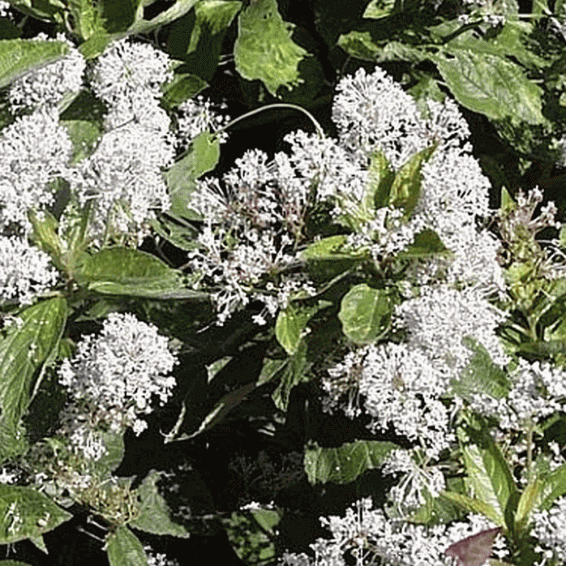
New Jersey Tea Seeds Ceanothus Americanus Seeds
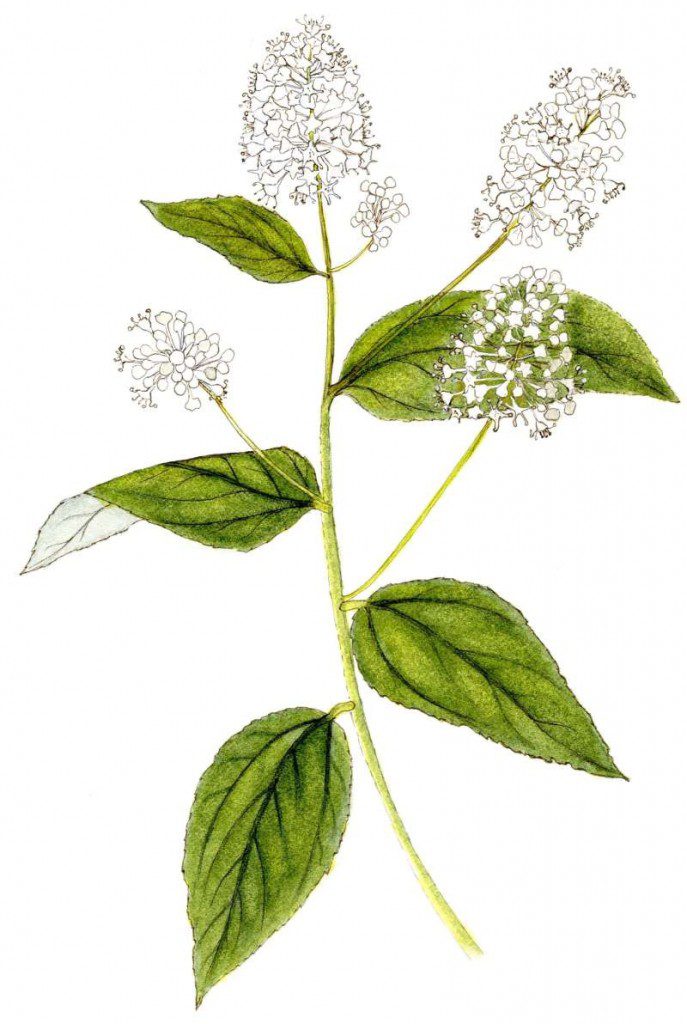
Wildflower Of The Year 2019 New Jersey Tea Ceanothus Americanus Virginia Native Plant Society

Bare Root New Jersey Tea Ceanothus Americanus Monticello Shop

New Jersey Tea Ontario Native Plants
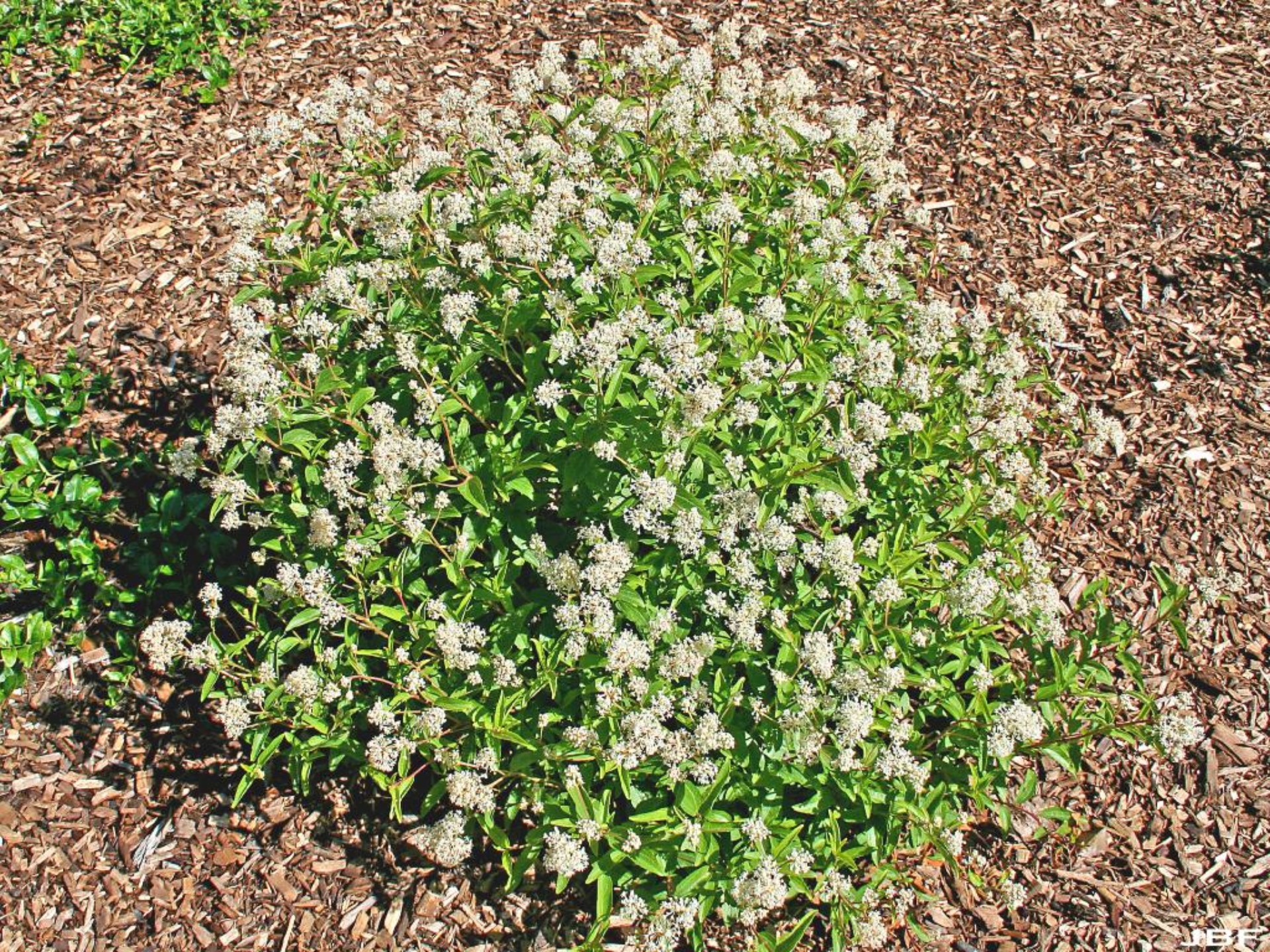
New Jersey Tea The Morton Arboretum

Ceanothus Americanus Aka New Jersey Tea Red Root Herbal Remedy The Red Roots And Root Bark Were Commonly Used By Native Plant Gardening Native Plants Plants
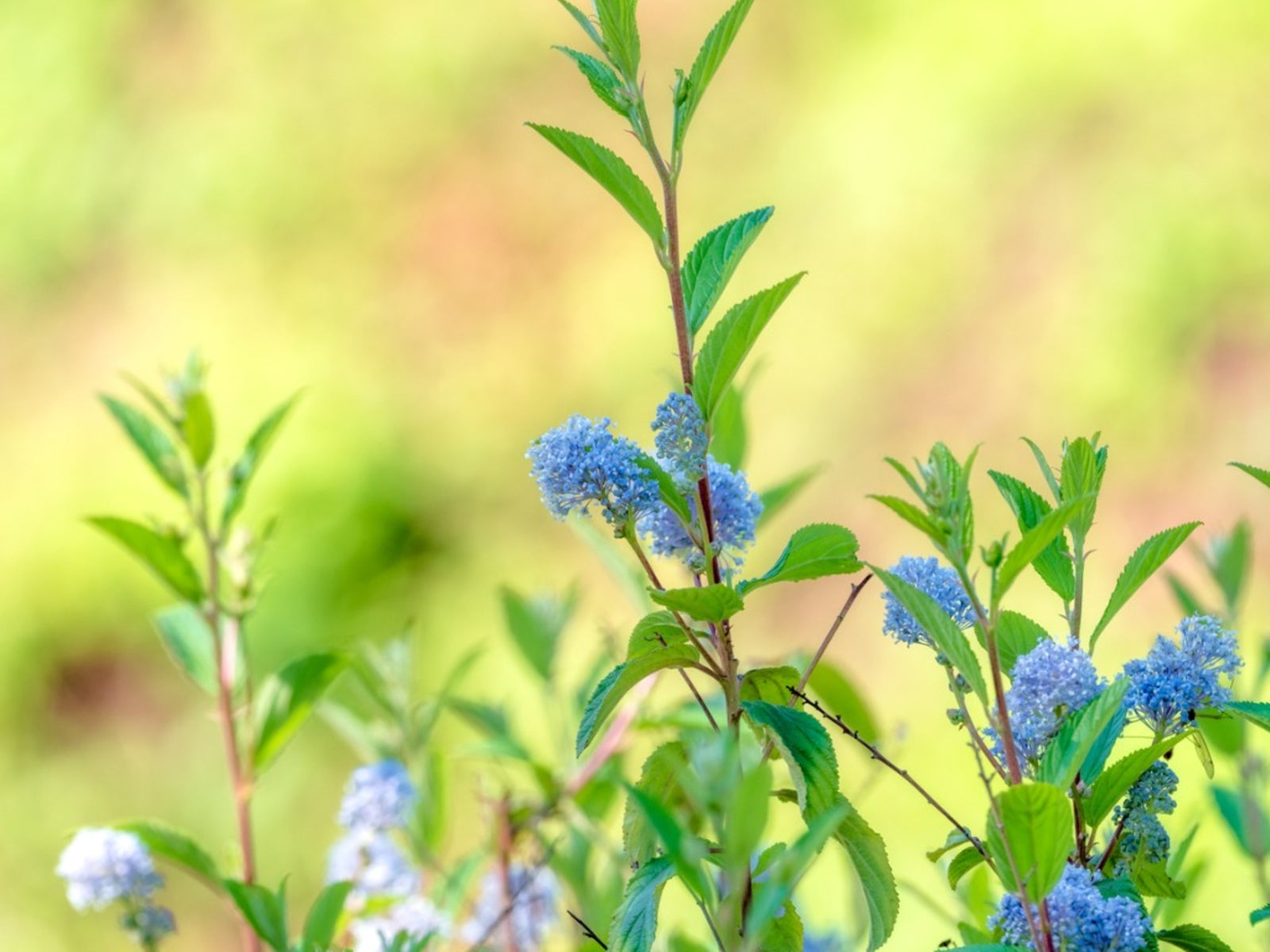
What Is A New Jersey Tea Plant Guide To New Jersey Tea Shrub Care

New Jersey Tea Ceanothus Americanus 3 Pack Of Pots Blazing Star Gardens Native Plants Garden Shrubs Plants
Ceanothus Americanus New Jersey Tea Minnesota Wildflowers

Ceanothus Americanus Mountain Snowbell New Jersey Tea North Carolina Extension Gardener Plant Toolbox

New Jersey Tea Native Shrubs Johnson S Nursery Knowledgebase
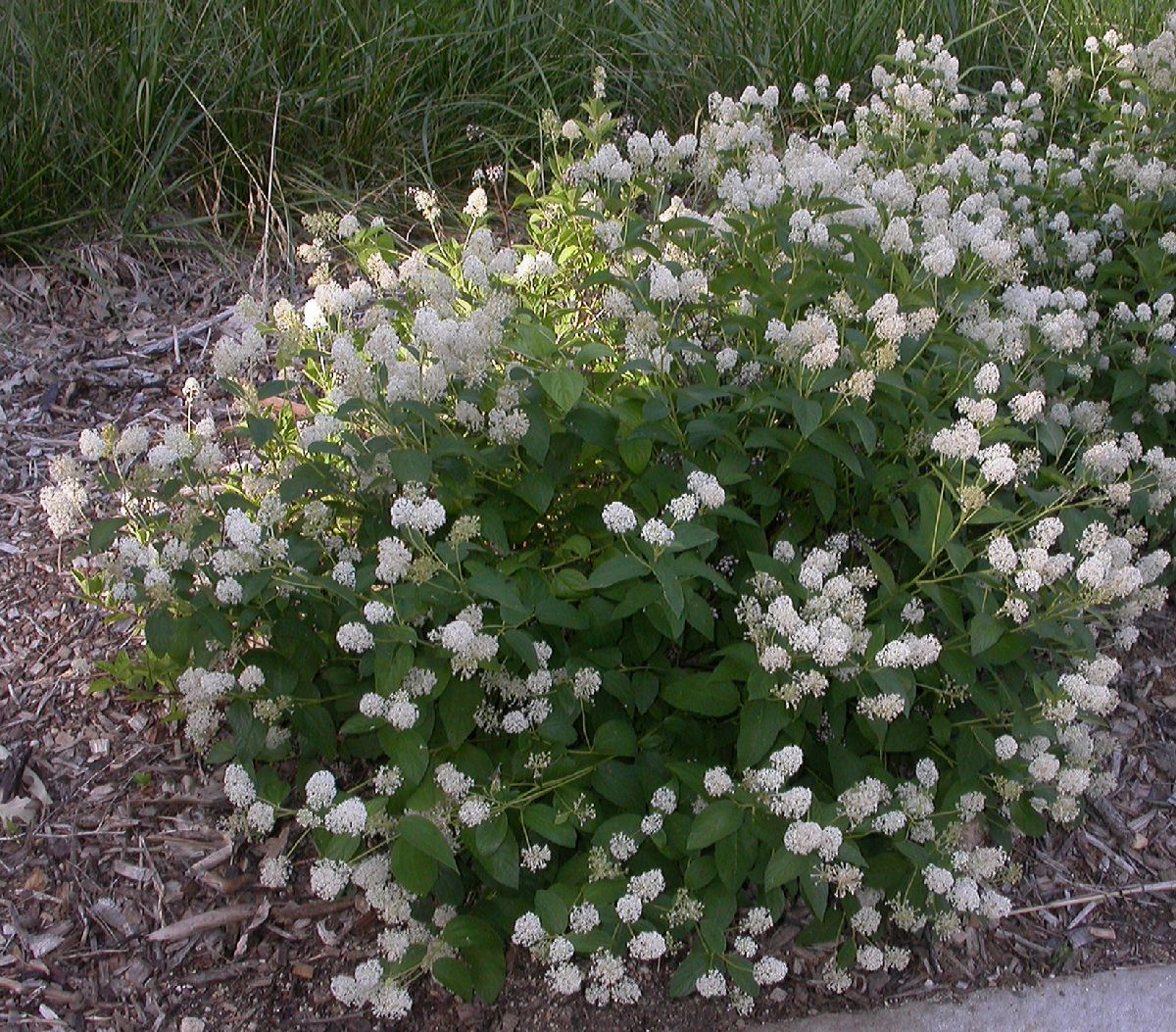
New Jersey Tea Ceanothus Americanus Great Plains Nursery

Ceanothus Americanus New Jersey Tea
Ceanothus Americanus New Jersey Tea From New Moon Nurseries

New Jersey Tea Ceanothus Americanus Prairie Nursery

New Jersey Tea Native Shrubs Johnson S Nursery Knowledgebase

New Jersey Tea Native Shrubs Johnson S Nursery Knowledgebase
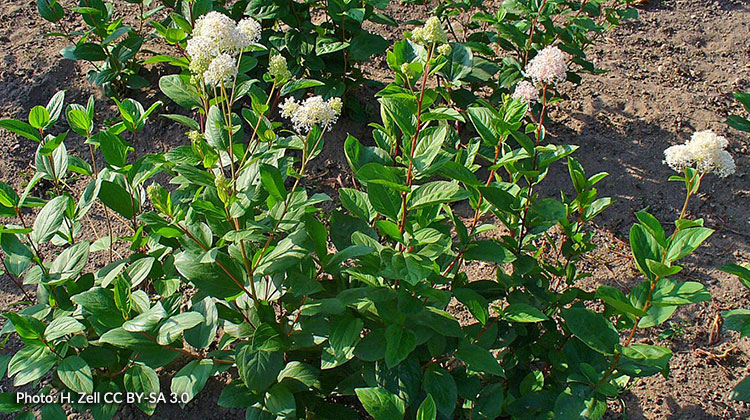
Growing Native New Jersey Tea Ceanothus Americanus Melinda Myers